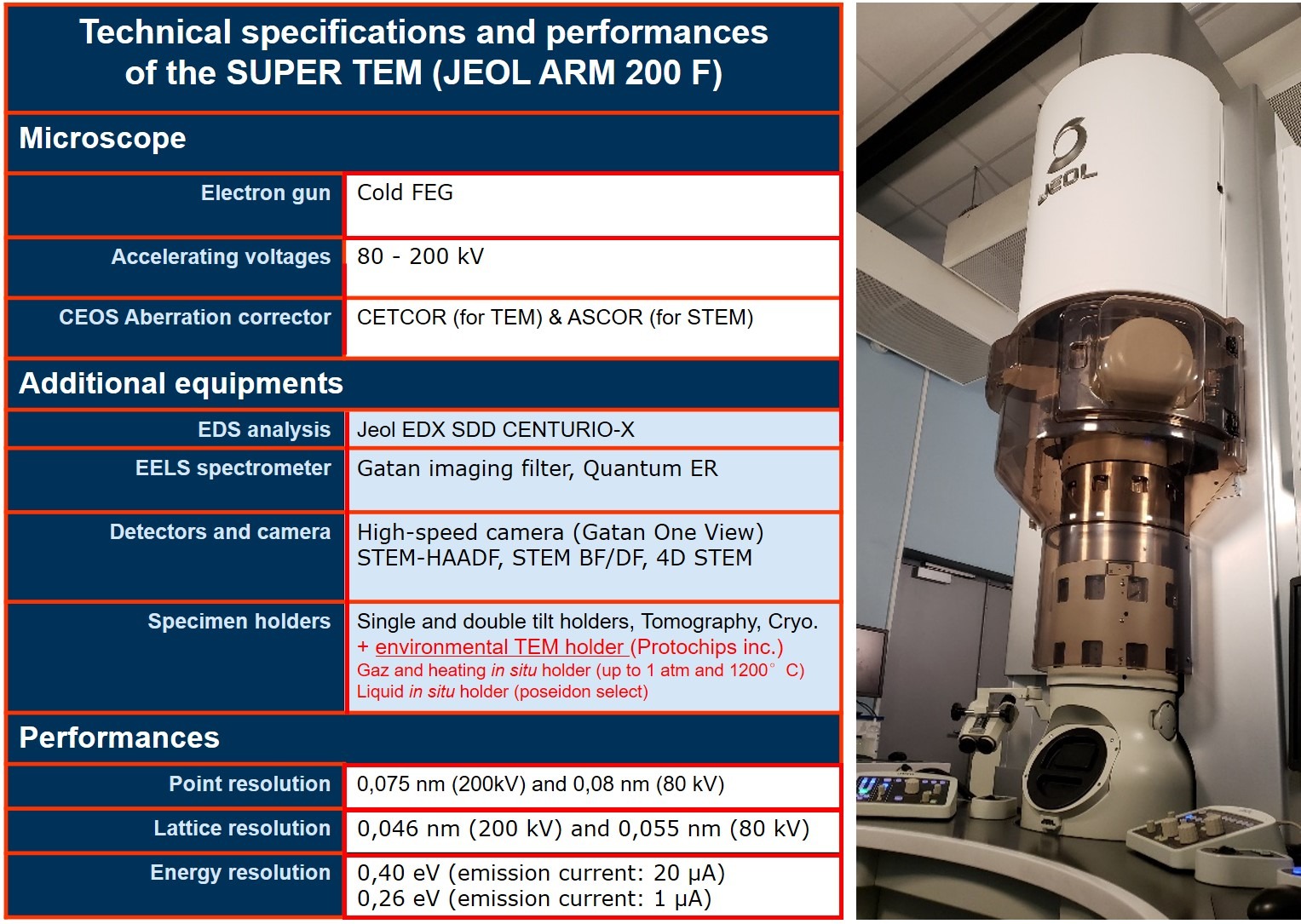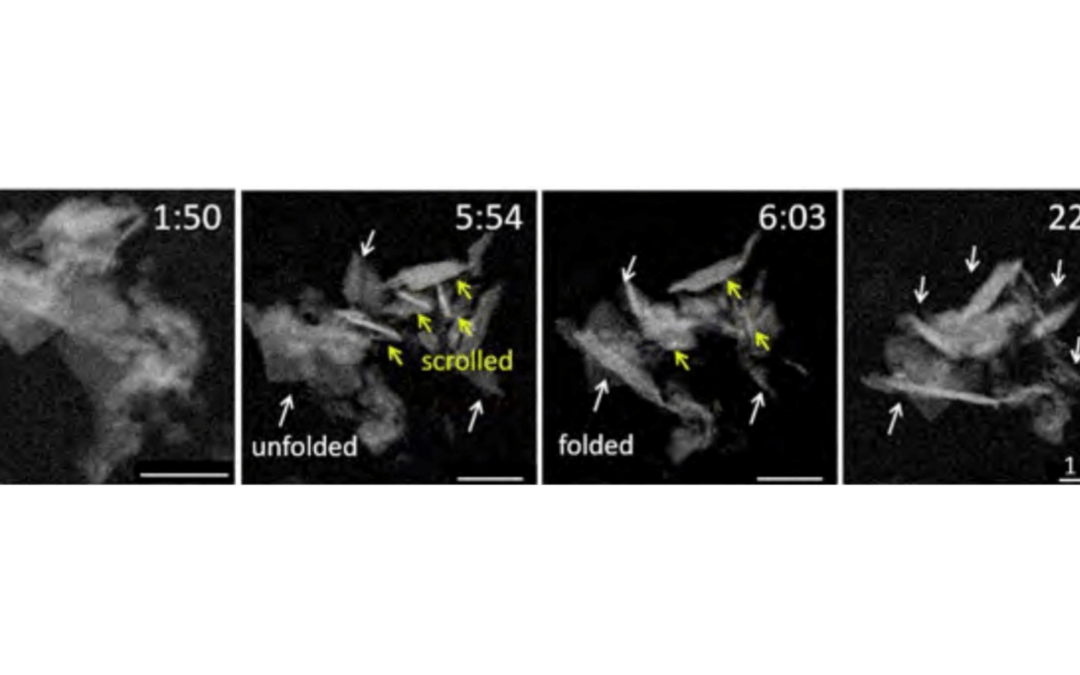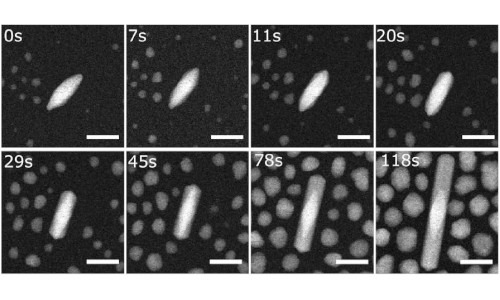The SuperTEM
This new generation of instrument is open to the scientific community through the Paris-Cité University Platform and the METSA national network.

À lire aussi

Thermal stability of high-entropy nanoalloys: reality or chimera?
By studying at the atomic scale the thermal behavior of nanoparticles composed of gold, cobalt, copper, nickel and platinum, scientists have revealed that the stability of these so-called high-entropy nanoalloys is much lower than expected, as gold and copper...

Neutralization of nanoparticles in lung cells
How does the body react to inhaled nanoparticles? In a collaboration involving researchers from the MEANS team at the MPQ laboratory, the evolution of molybdenum disulfide nanosheets in mouse lungs has been monitored for up to one month after inhalation....

Revealing the secrets of anisotropic nanoalloy synthesis
The synthesis of nanomaterials by chemical routes has long been developed empirically due to the lack of techniques to probe the dynamics of nano-objects in liquid media. In recent years, so-called "in-situ" approaches have emerged on all the techniques that allow...
